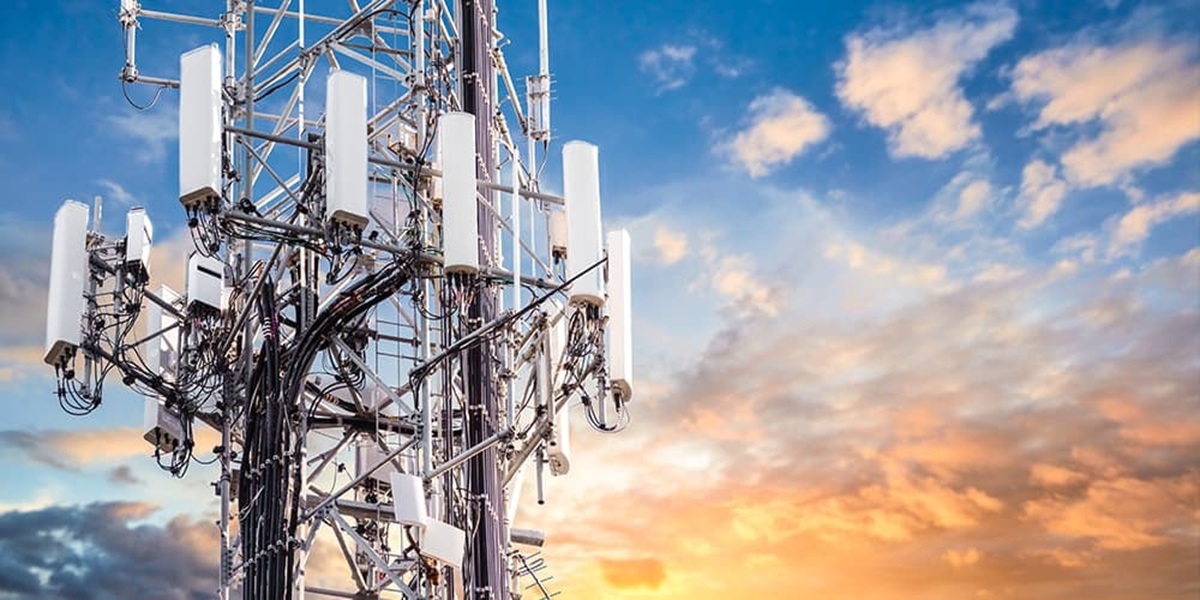Kathmandu: Nepal Telecommunications Authority (NTA) has granted approval to two major telecom operators—Ncell and Nepal Telecom—for the construction of more than 900 mobile towers across the country to enhance service coverage and capacity.
The long-awaited permission was granted following a two-year delay.
NTA has approved the construction of 743 towers for Ncell and 200 towers for Nepal Telecom. The delay in approval was due to prolonged administrative inaction and fear of legal consequences following past corruption investigations within the authority.
Ncell received permission to build 443 ground-based Base Transceiver Stations (BTS) and 300 non-ground-based BTS, while Nepal Telecom has been allowed to construct 200 ground-based BTS sites, according to NTA spokesperson Min Prasad Aryal.
The approval process had been stalled for nearly two years, particularly after Bhupendra Bhandari took office as NTA Chairperson on 20 February 2024. During his tenure, no major infrastructure-related decision was made, largely due to the aftermath of corruption cases filed by the Commission for the Investigation of Abuse of Authority (CIAA). Those cases had created an atmosphere of fear within the authority.
CIAA had filed charges related to alleged corruption in several procurement deals involving the Telecommunications Traffic Monitoring and Fraud Control System (Teramox), the Mobile Device Management System (MDMS), and the billing system of Nepal Telecom. These cases caused several current and former NTA officials to face legal action, resulting in a virtual freeze of decision-making processes.
NTA’s recent annual performance report reflected the impact, with the last fiscal year recording one of the lowest progress rates in the authority’s history. It was only after repeated pressure and instructions from the Ministry of Communication and Information Technology that the approval files for Ncell and Nepal Telecom, which had been pending for two years, were finally cleared at the end of Asar.
With the green light from NTA, both telecom companies will now proceed with equipment procurement, foreign currency recommendation applications, and related preparatory tasks. The BTS infrastructure will help significantly improve the quality and reach of mobile network services in Nepal.
Furthermore, the NTA has permitted telecom operators to operate 4G services using the 900 MHz frequency band, in addition to the existing 1800 MHz band. This lower frequency band offers better penetration and broader coverage, particularly in rural and hilly areas, thereby enhancing the overall efficiency of 4G services, according to telecom providers.
The infrastructure expansion is expected to make mobile services more reliable and widespread, aiding in the digital connectivity goals of the nation.



Comment Here